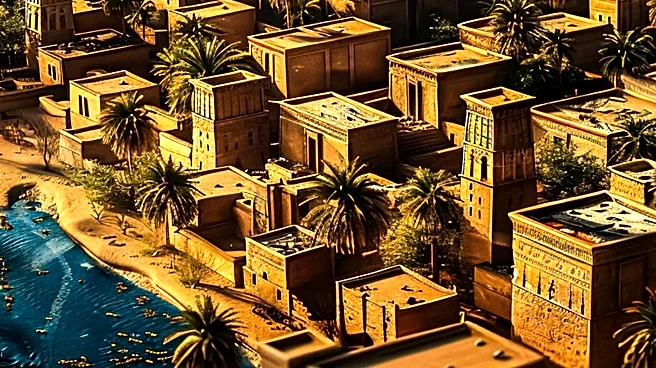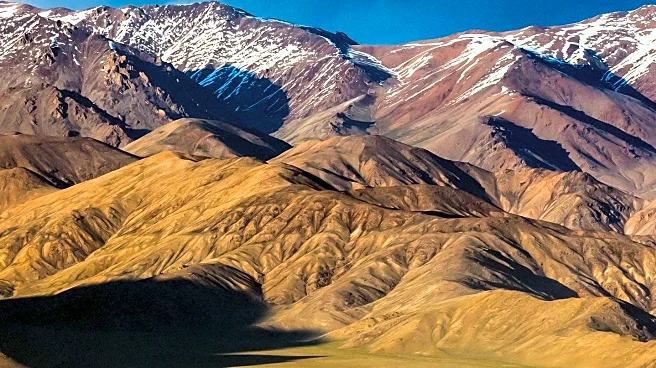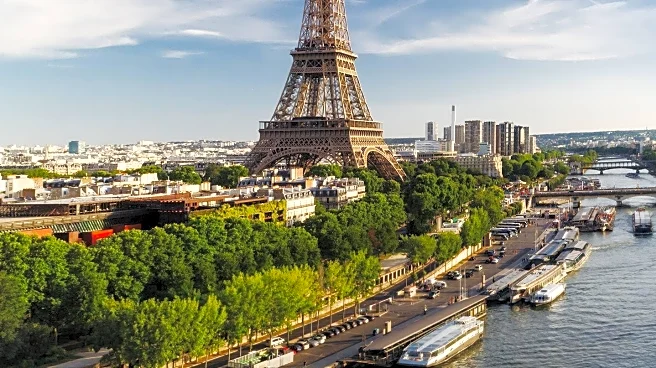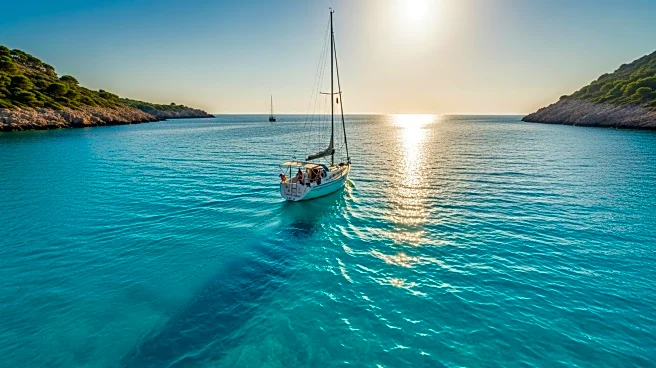What's Happening?
The Middle East is grappling with the impact of extreme summer heat on its tourism industry, raising questions about the feasibility of a year-round tourism model. With temperatures reaching up to 50°C, outdoor activities become unsellable for several months, affecting returns on investment. Destinations like Dubai have managed to maintain tourism volume through indoor strategies and aggressive programming, but the broader region faces significant challenges in adapting to climate extremes.
Why It's Important?
The tourism industry is a vital economic sector for the Middle East, and the challenges posed by extreme heat have significant implications for its sustainability. Rising temperatures not only affect the viability of outdoor attractions but also increase operating costs due to higher energy and water demands. The region's ability to adapt to these conditions will be crucial in maintaining its tourism appeal and economic stability. Innovative strategies, such as night-shifted activities and altitude-based tourism, may offer solutions to mitigate these impacts.
Beyond the Headlines
The broader implications of extreme heat on tourism extend to environmental and social dimensions. The reliance on air conditioning and desalination contributes to carbon emissions and water stress, highlighting the need for sustainable practices. Additionally, the health risks associated with high temperatures pose challenges for workforce management and public safety. Addressing these issues requires a comprehensive approach that balances economic goals with environmental and social responsibilities.











